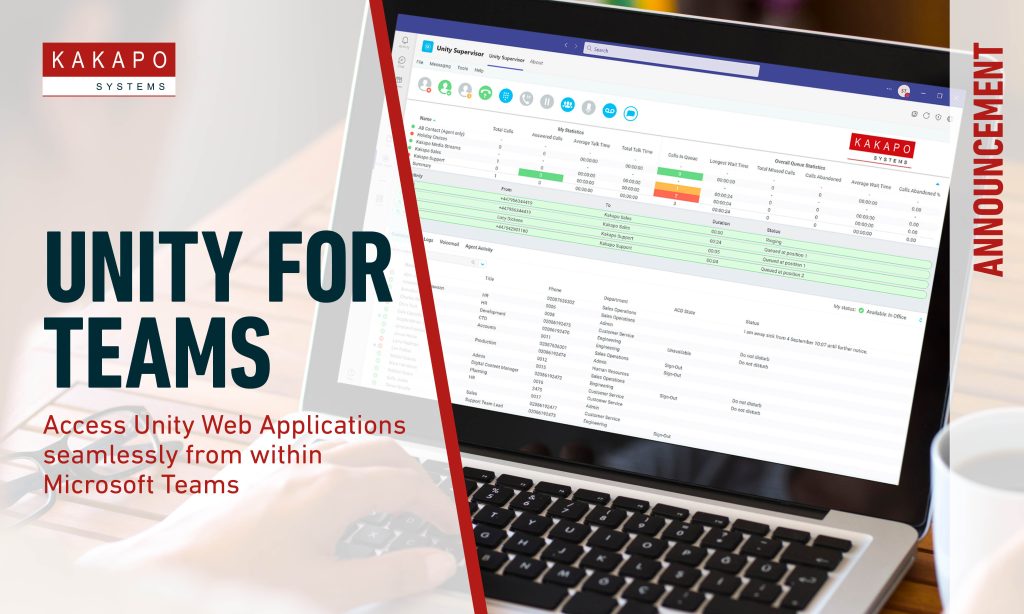
There are 86400 seconds in a day and each one of these is as important as the last when it comes to the precious commodity of data flowing through a call or contact center.
Operating any aspect of a business without consistent, accurate data is like stumbling through the dark. Without the illumination of insight and the direction of strategy, there is likely to be greater uncertainty and an unpreparedness for challenges both perpetual and arising.
Almost all businesses live and die by their ability to harness and react to data. However, there is still a significant number of businesses that do not capitalize fully on captured data, with one report suggesting that only 49% of responding businesses actively use analytics to make decisions[1]. Despite this, in the call and contact center space, the importance of analytics cannot be understated, hosting the capacity to transform these environments into strategic differentiators.
Insights of any size hold the potential to accelerate performance, making access to intelligent metrics and the tools for their evaluation, critical for truly productive operations. This information is further invaluable for monitoring performance and spotting trends and challenges. Interpretation of call analytics ultimately dictates strategies, as well as the vital moment-by-moment decision making pivotal for call and contact center environments.
1) Informed Call Management Decisions Around the Clock
Daily, call and contact centers rely on proactive and reactive decisions to be made. With so many variables to consider, decision-making can only do so much when it is made instinctively without consulting data.
A powerful call analytics platform enables constant data feedback. Through having this consistent access to all available information, call metrics can influence the best decisions. They can also aid in spotting emerging challenges.
In other words, the benefits of data-driven decision-making are far reaching. Successful implementation boosts further confidence, heightened pro-activity, and can introduce pathways to cost reductions that would never have been considered[2]. Collectively, this makes call analytics platforms highly valuable and in-demand tools for shaping exceptional leadership.
2) Pinpoint Accuracy from Cradle to Grave
Like a complex machine, call and contact centers are held together by numerous moving parts. This can make identifying problem points, or even overperforming areas, a challenge that requires extremely accurate assessment. To combat this, call logging analytics can function as both the tools for diagnosis as well as the upfront numerical representations of performance.
Accuracy is established through the ability to drill-in to individual agent metrics. This allows a particular component to be analysed as a singular entity, as well as within the context of the call or contact center.
A key example of this is Cradle to Grave Reporting. This plays a hugely vital role in not only providing a deeper dive into communications but monitoring the functionality of communications in call/contact centers.
Without its usage, call centers can be completely unaware of problem points. Meaning that serious issues such as improper call handling, system bottlenecks and software/hardware failures can often go undiagnosed and thus damage the operational ability.
3) Tracking the Customer journey
Stories are significant drivers. From the customer’s decision process leading to connecting with an agent, to their conversation with the agent and beyond. This is all part of the customers story, or journey.
Similarly, analytics fulfil a hugely important storytelling role. Data tells the story of a call or contact center in its own, highly accurate, informative and unique way. In understanding this data, insight can be harnessed into the stories data has told before, is telling in the present and even what it may be looking to tell.
As such, it is the capability of analytics to unlock the past, present and future history of a call or contact centers performance, that can help formulate strategy and influence positive decision-making.
4) Building Dream Agent Teams
The role of agents is difficult. From the most seasoned to the new and onboarding, the variables in a live environment can create several challenges that make or break an agents performance and skill.
Metrics provide a quantifiable display of agent performance. Agent statistics cover every angle of their operation. With examples including ‘Average Answer Time’, and ‘Average Customer Review’, these statistics can all provide a detailed overview of individual and collective agent performance.
In being able to monitor and track these statistics, analytics can show the strengths and weaknesses of individuals and teams. This provides insight into the areas where support holds the most value and the building of well-rounded, talented agents and dream teams can be accommodated.
5) Intuitive Call Reporting
Having access to all the information provided by analytics can only go so far if there is no effective solution for its dissemination.
Typically, analytics platforms offer the option to export a report, featuring collated metrics. However, this is often gated by the platforms complexity to use or lack of the ability to group reports, requiring further time investment into ensuring all required parties receive the critical information.
To truly maximize the potential of a responsive call analytics platform, there arises a need for enhanced reporting functionality. This enhancement allows for reports to be easily disseminated to groups of individuals across an omnichannel environment.
6) Monitor Unreturned Abandoned Calls
Abandoned calls leak value from call and contact centers. They can represent a missed opportunity with a new potential customer, or even spark a loyal customer to terminate their relationship with a business.
As such, being able to effectively monitor abandoned calls and access historical and real-time reports on unreturned abandoned calls are crucial for limiting their negative impacts.
Analytics platforms that offer the ability to visualize unreturned abandoned calls enables pro-active responses to them. Supervisors can assign an abandoned call for a call back, promote them in the queue should they call again, and gain insight into how a call or contact center is managing calls across various timescales.
How can we help?
Vision360 is a powerful and deep call analytics platform for Cisco BroadSoft, developed by Kakapo Systems. It enables supervisors and team leaders to unlock the true potential of their call center environments through rich data consultation and constant, accurate reporting. It is a powerful and complete replacement for legacy ECCR reporting.
For more information on how Vision360 can transform call centers and make every second count, visit www.kakaposystems.com/vision360.
See Vision360 in action: Register for the webinar
[1] https://www.deloitte.com/content/dam/assets-shared/legacy/docs/analysis/2022/dttl-analytics-analytics-advantage-report.pdf
[2] https://online.hbs.edu/blog/post/data-driven-decision-making

